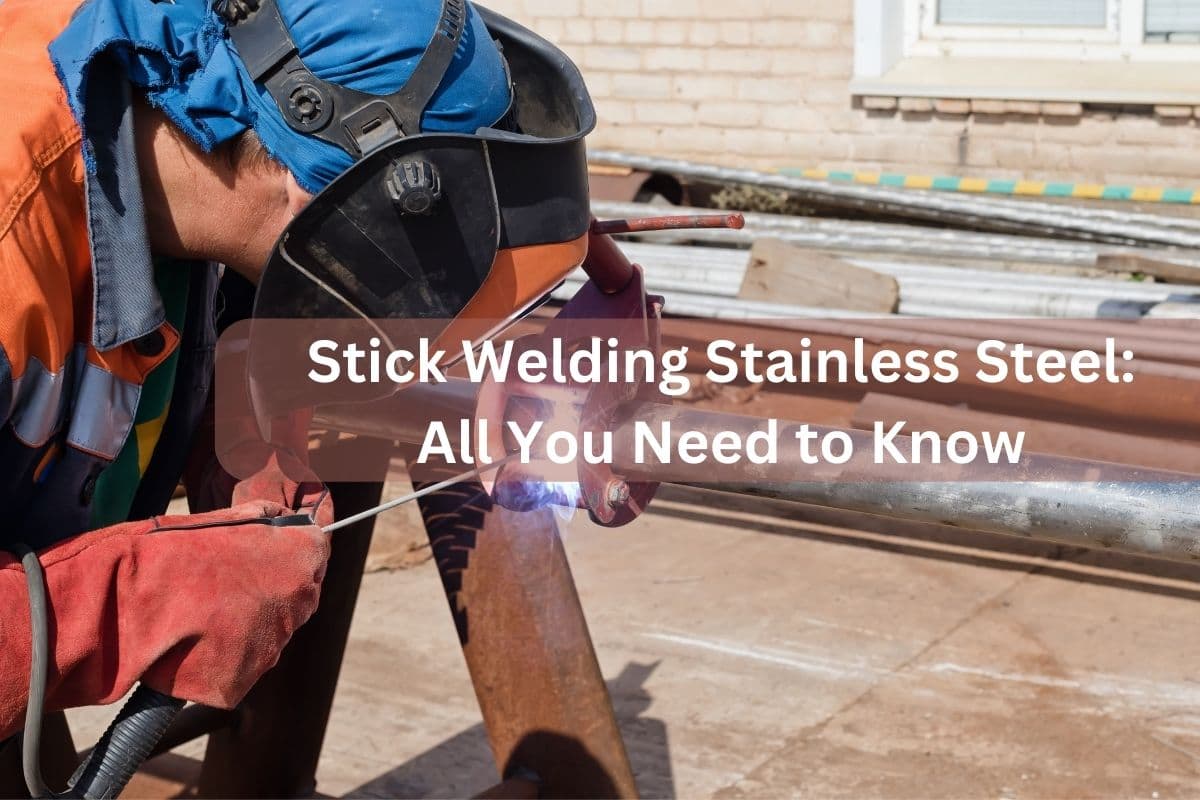Welding with a Stick welder is a great option for joining stainless steel. This method is also known as shielded metal arc welding (SMAW).
This manual procedure has been around for a while and may be applied to many different metals.
Learn how to stick welding stainless steel with the help of this article.
Understanding Stainless Steel
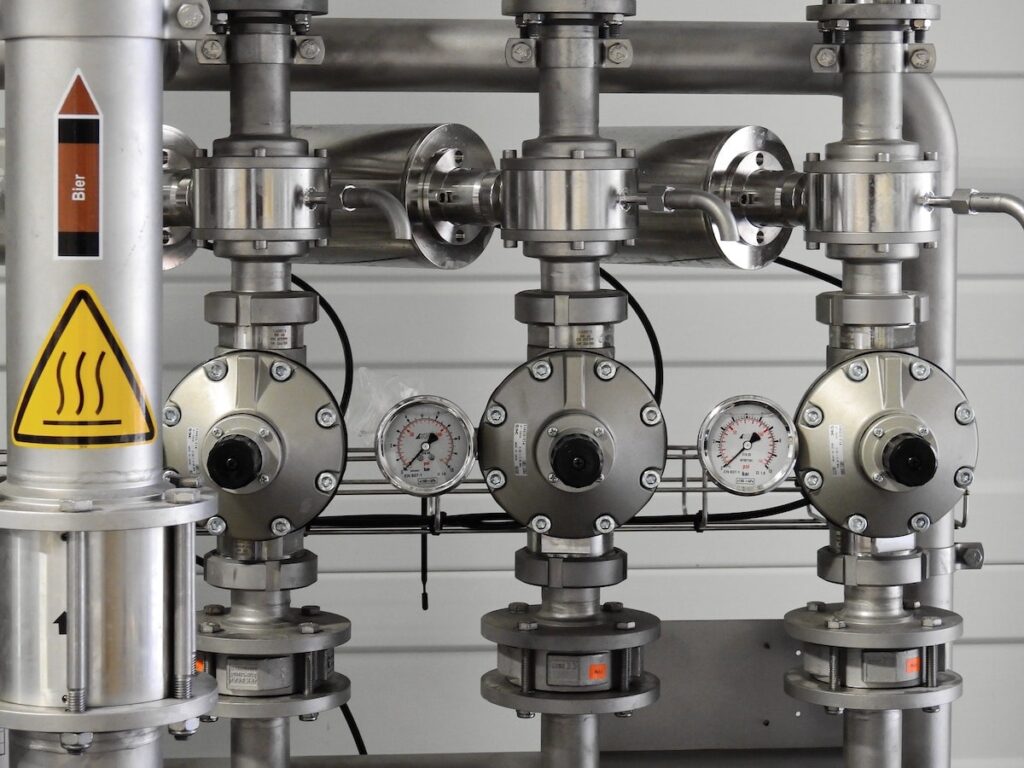
Stainless steel is an iron compound containing 10.5% Chromium to prevent corrosion (rusting of metal).
The ability of stainless steel to resist rust is obtained from the formation of a chromium oxide film layer, where this oxide layer blocks the iron (ferum) oxidation process.
Set Up The Equipment Before Starting
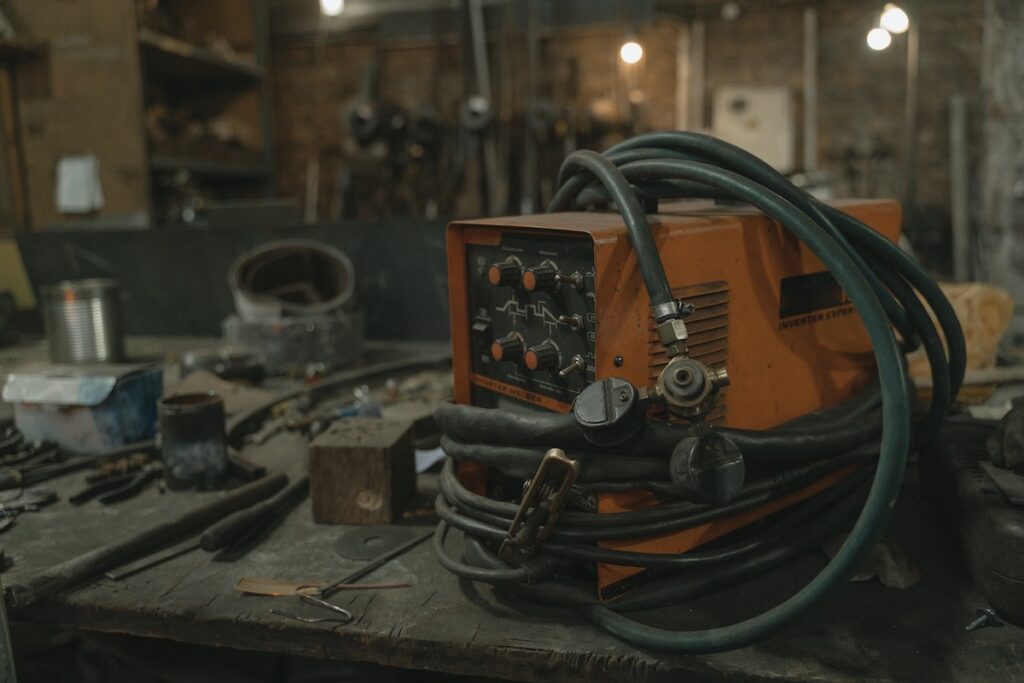
Get acquainted with the required tools and materials before welding stainless steel.
Prepare the items that are necessary before sticking welding:
- Welding wire (stainless steel)
- Welding apparatus
- Metal brush
- Security lenses
- Gloves
- Helmet
When everything is prepared, it’s time to proceed to the following action.
Sticking Welding Machine Setup
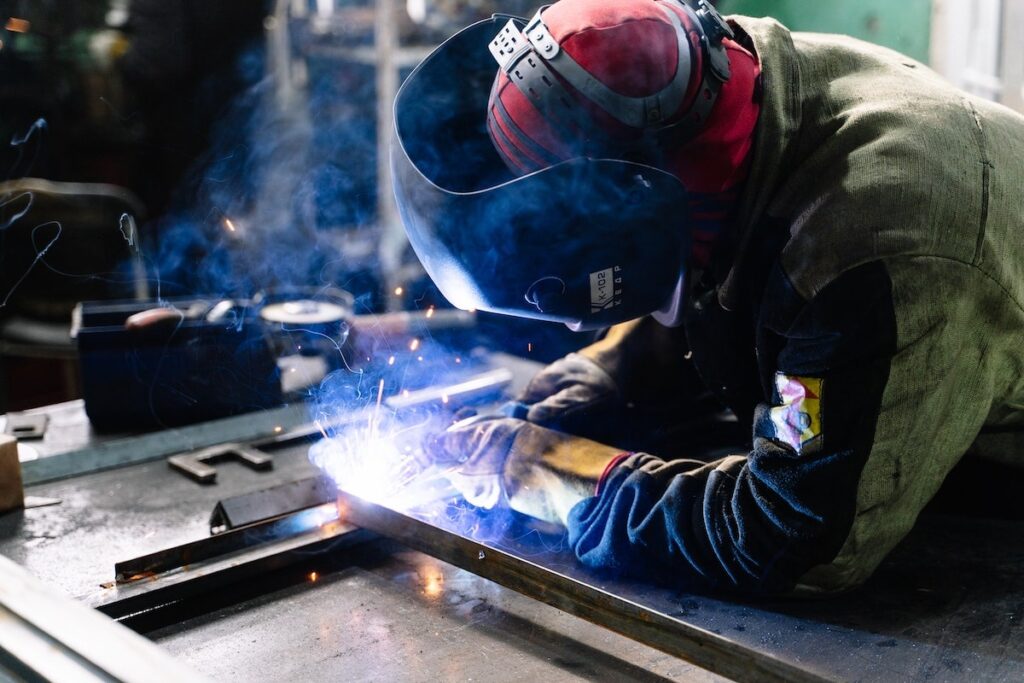
To start out, you can do these steps.
- Adjust the device’s current (measured in amps) in accordance with the kind of rod being used; for stainless steel rods, the current should range from 80 to 90 amperes.
- Next, choose DC-positive polarity, which gives the arc more focused heat and deeper penetration into thicker materials.
- Ensure the cable is properly fastened and that both ends are well-insulated when connecting one end of the electrode holder cable to the device; otherwise, an electric shock could happen when the cable is in use.
- Set up your workspace lastly, make sure there are no adjacent flammable materials, and always use safety eyewear when using welding equipment.
It’s time to start welding once everything has been properly and securely set up.
- Start by creating an arc with the electrode holder about a quarter inch away from the desired weld location.
- As a result, a spark will be produced, igniting your electrode’s tip into a blazing flame known as an “arc”.
- When you reach the location where you want the weld joint to end, remove pressure on the electrode holder until the electric current stops flowing through it. This will help you maintain the arc.
- To remove any slag from the metal that was melted together during the weld formation. It then goes rearward.
- It constantly travels to ensure that the right amount of current flows without damaging your welded joint by overregulating the amperage or traveling too quickly or slowly down the joint’s line.
Read Also: Stick Welding Cast Iron: 4 Simple Steps for Flawless Results
Perfectionism is Attained Through Practice
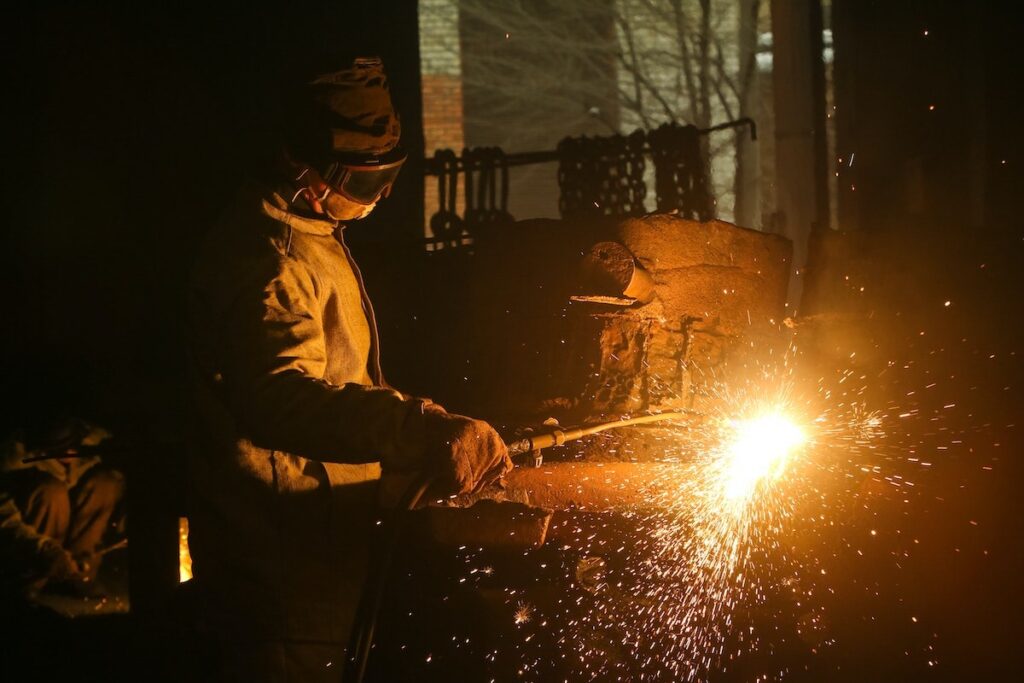
It takes a lot of practice to weld effectively.
Perform drills with various material thicknesses and types, such as mild steel, stainless steel, aluminum, etc., to keep improving the weld outcomes.
After finishing each pass across the joint line, use a wire brush to run over the whole bead and remove extra slag accumulation to guarantee a smooth finished product.
In addition to welding with a stick welder, it is also a good idea to weld stainless steel using the following methods:
This process is divided into two distinct methods: Short circuit transfer and spray transfer.
Pros and Cons of Stick Welding Stainless Steel
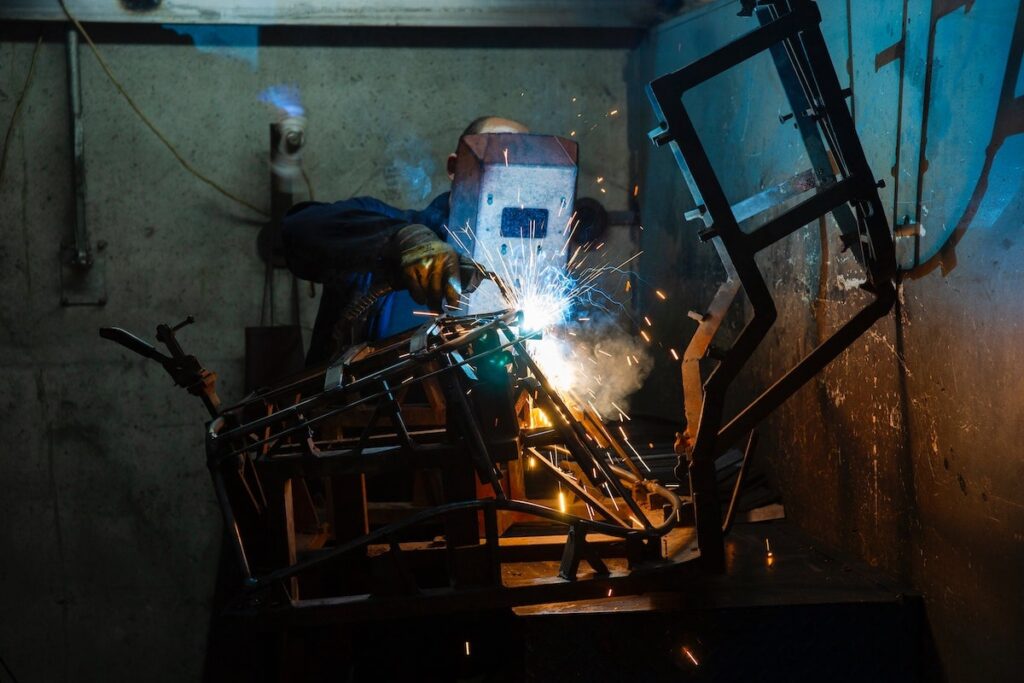
Read Also : 5 Stick Welding Problems and Solutions You Should Know
Pros: Due to its lower equipment and training requirements compared to other methods of welding, stick welding is a great solution for novices.
Cons: There is a lot of smoke and haze produced with the stick welding stainless steel method.
Welders who breathe in these fumes risk health problems.
Also, other nearby residents may be bothered by the welding’s smoke.

